This spring I've been gardening daily. My current Garden Concept is a space of native plants, that welcomes the insects that eat them and the birds that consume the insects. But I like plants, so I have no intention of digging out the peonies or lilacs, even though they support very few native insects. With that complex approach, I took a look at my garden and discovered it was even more complicated.
 |
Its not a big yard, slightly over average for suburban lots in my area, and I have filled it with plants.
 |
| lilac Syringa |
 |
| peony, Paeonia |
 |
| iris, Iris |
I have a small vegetable garden with peas, tomatoes, asparagus, and a few others.
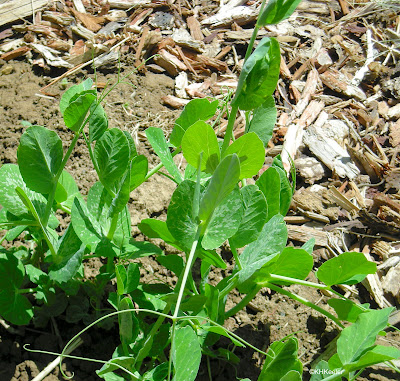 |
| peas, Pisum sativum |
 |
| Tomatoes, Solanum lycopersicum |
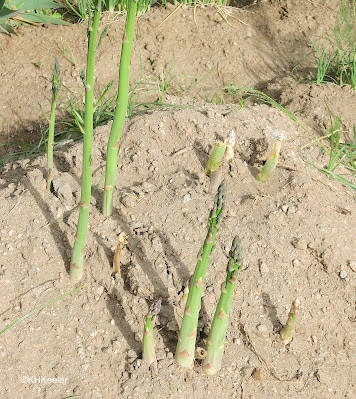 |
| Asparagus, Asparagus officinalis |
I have some shrubs and trees for fruit: currants, apricots and apples for example.
 |
| apricot tree, Prunus armeniaca |
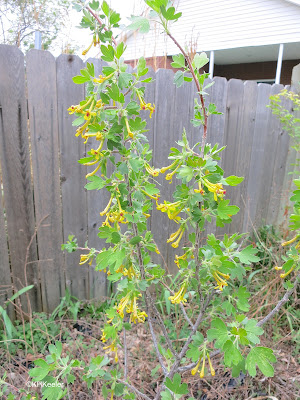 |
| European black currant, Ribes nigrum |
 |
| bugleweed, Lycopus |
 |
| dyer's greenweed, Genista |
What would I collectively call all of those above? Domesticated plants or garden plants or wanted plants?
I have also been adding natives, showy ones like penstemons, yucca, and purple coneflower,
 |
| beardtongue, Penstemon |
 |
| small soapweed, Yucca glauca |
 |
| purple cone flower, Echinacea |
and lately some less dramatic ones, like pussytoes and Louisiana sagewort
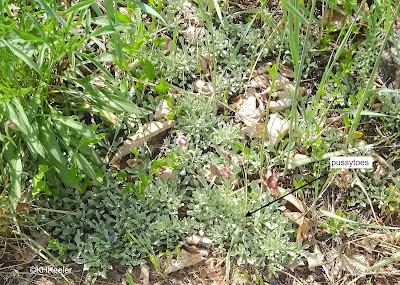 |
| pussytoes, Antennaria |
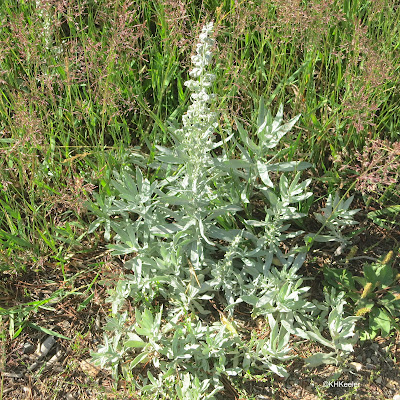 |
| Louisiana sagewort, Artemisia ludoviciana |
All of those I at one time purchased. The "wanted plant" category covers a lot of plants.
Of course my garden also has weeds, for example dandelions, bindweed, and Canada thistle,which I weed out when I find them, only to find them again.
 |
| dandelion, Taraxacum officinale |
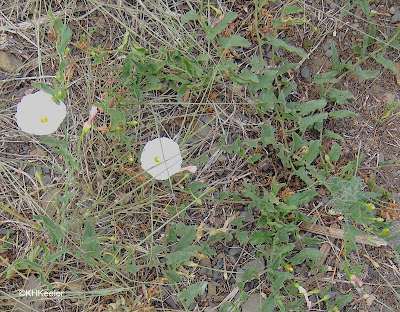 |
| field bindweed, Convolvulus arvensis |
 |
| Canada thistle, Cirsium arvense |
Some of the remainder are weeds, but also plants with rich histories and medicinal and food uses, so I keep a few to be able to take them when I am teaching about plants. Examples of those are salsify, purslane, and lamb's quarters, all three edible and tasty:
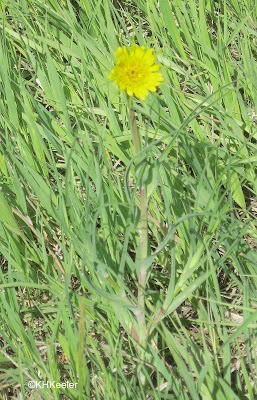 |
| salsify, Tragopogon |
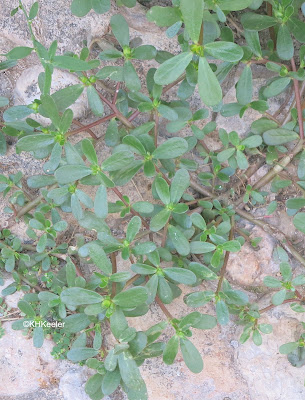 |
| purslane, Portulaca oleracea |
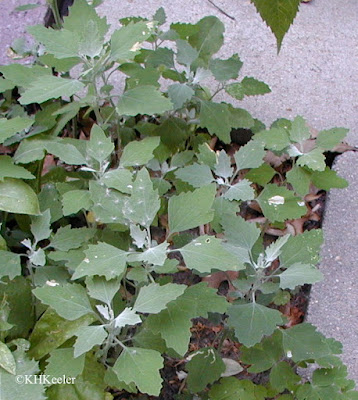 |
| lamb's quarters, Chenopodium album |
(Yes, dandelions are edible, but I don't like the taste and they are so abundant that I don't need to grow them.)
Beyond that, there are plants I didn't plant, but seem desirable, for example the oak seedling and creeping hollygrape. They arrived on their own.
 |
| volunteer oak tree, Quercus |
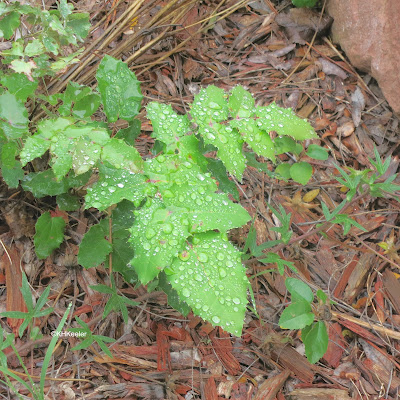 |
| wet volunteer creeping hollygrape, Berberis repens |
 |
| toothed spurge, Euphorbia dentata |
 |
| ground cherry, Physalis |
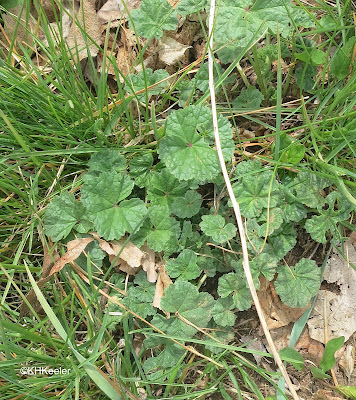 |
| common mallow, Malva neglecta |
You could call these minor weeds, but weed is a plant you don't want; these are okay with me. I don't have a name for the group. All are volunteers, maybe that term will cover them. I'm sure birds brought creeping holly grape and the oak grew from an acorn the squirrels buried. The others must have seeded in from neighboring areas or maybe arrived as stowaways in a flowerpot. In any event, these and a number of others colonized my yard on their own.
I am increasingly happy letting the plants in my yard move around between several meadow-style flowerbeds. I hadn't noticed that there are so many different kinds of plants in the yard.
Garden plants and weeds and volunteers...I love the diversity.
Comments and corrections welcome.
I have written about many of these plants. See, in this blog:
apricot, Prunus armeniaca link
asparagus link
bindweed Convolvulus arvensis link
the two bugleweeds link
Canada thistle, Cirsium arvense link
coneflowers including Echinacea link
creeping hollygrape Berberis repens, Mahonia repens link
dandelion link
iris link
lilacs link
Louisiana sagewort, Artemisia ludoviciana link
pea Pisum sativum link
peony European peonies Asian peonies
purslane Portulaca oleracea link
tomatoes link
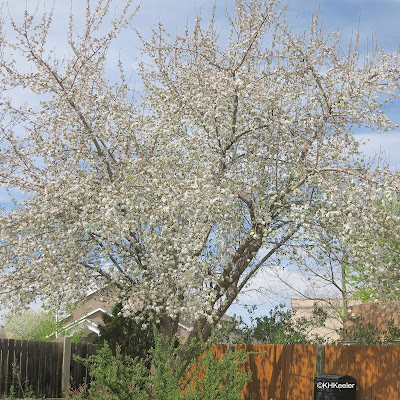

No comments:
Post a Comment